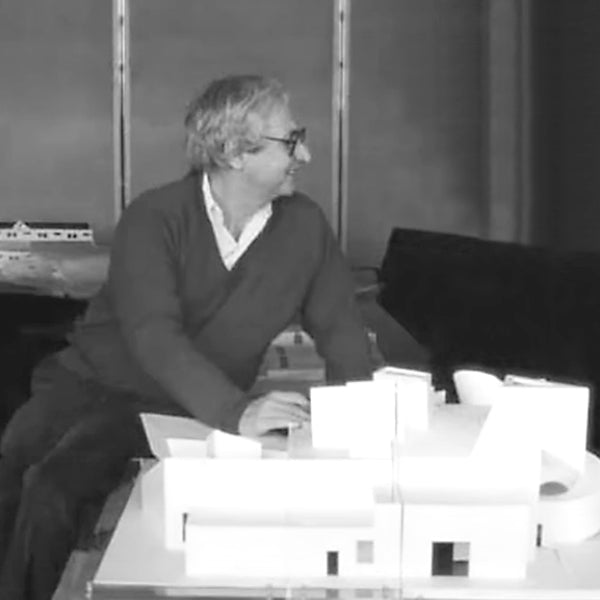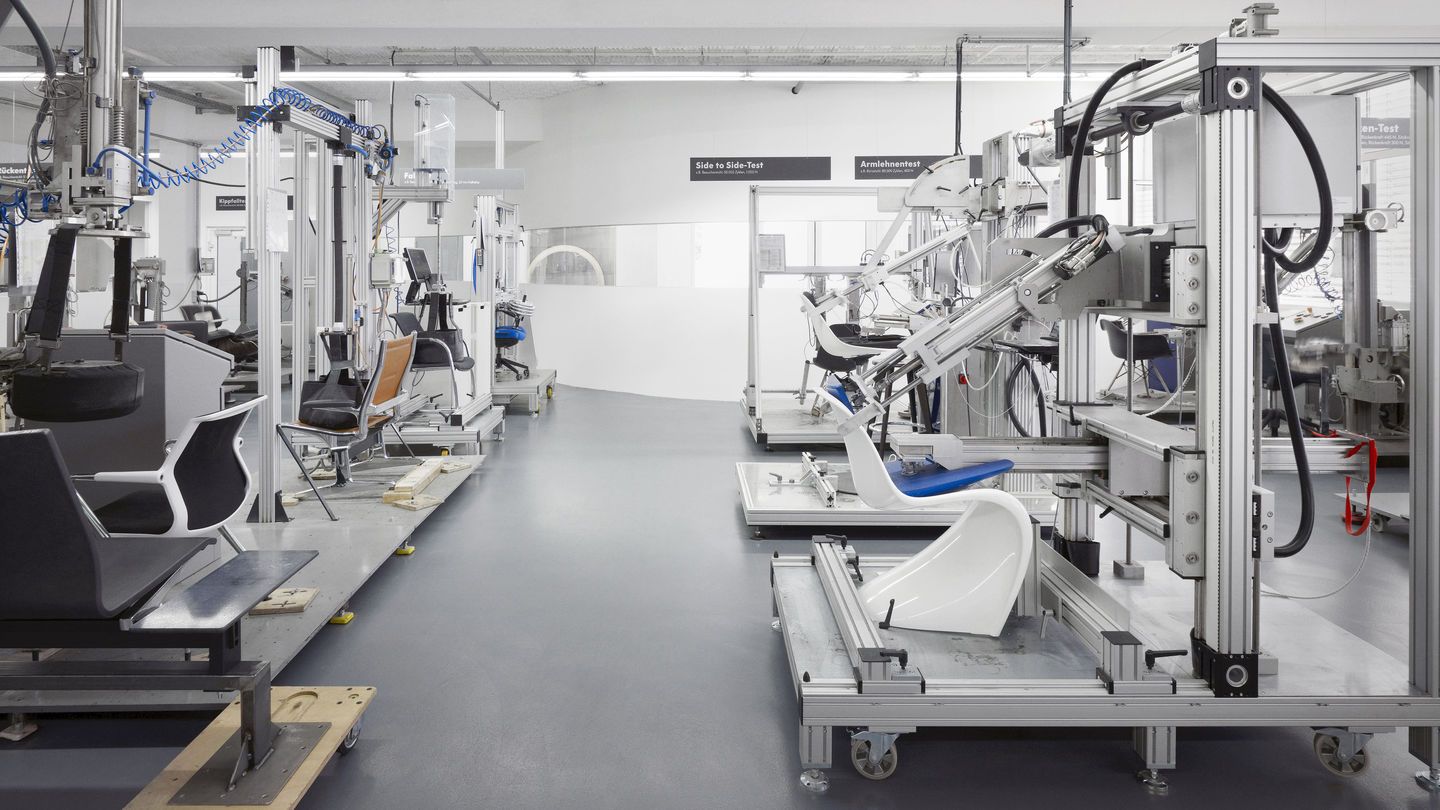Frank Gehry
 Born in Toronto, Canada in 1929, Frank Gehry earned a degree in architecture from the University of Southern California in the United States and majored in urban planning at Harvard University. In 1962, he started an architectural firm called Frank Gehry & Associates. From 1969 to 1972, he spent three years designing a series of cardboard furniture called Easy Edges. He has also been a visiting professor at Harvard University and Yale University for many years, and has received honorary doctorates from numerous universities, including the University of Toronto, the University of Southern California, and the University of Edinburgh. In addition to legendary architectural projects such as the Vitra Design Museum built on the Vitra Campus and the Vitra Center in Birsfelden, Switzerland, he is also active as a furniture and product designer.
Born in Toronto, Canada in 1929, Frank Gehry earned a degree in architecture from the University of Southern California in the United States and majored in urban planning at Harvard University. In 1962, he started an architectural firm called Frank Gehry & Associates. From 1969 to 1972, he spent three years designing a series of cardboard furniture called Easy Edges. He has also been a visiting professor at Harvard University and Yale University for many years, and has received honorary doctorates from numerous universities, including the University of Toronto, the University of Southern California, and the University of Edinburgh. In addition to legendary architectural projects such as the Vitra Design Museum built on the Vitra Campus and the Vitra Center in Birsfelden, Switzerland, he is also active as a furniture and product designer. The Vitra Design Museum building (1989) was Gehry's first project in Europe. While Gehry's earlier buildings were still associated with the image-oriented language of postmodernism, the architect limited the Vitra Design Museum to a cubic volume composed of a white stucco façade, a zinc roof and simple geometric shapes. From these almost classical elements he created a dynamic sculpture in which the individual structures seem to break into fragments and start to move. The main light source is the central window in the roof, whose cross shape is visible from the outside as the focal point of the building's composition. Also prominent on the exterior is the diagonal structure that houses the staircase. The building's expressive exterior shape is thus heavily driven by its function and reflects the requirements of a complex museum building. With the Vitra Design Museum, Gehry has succeeded in combining two radically different types of museum architecture:
The Vitra Design Museum building (1989) was Gehry's first project in Europe. While Gehry's earlier buildings were still associated with the image-oriented language of postmodernism, the architect limited the Vitra Design Museum to a cubic volume composed of a white stucco façade, a zinc roof and simple geometric shapes. From these almost classical elements he created a dynamic sculpture in which the individual structures seem to break into fragments and start to move. The main light source is the central window in the roof, whose cross shape is visible from the outside as the focal point of the building's composition. Also prominent on the exterior is the diagonal structure that houses the staircase. The building's expressive exterior shape is thus heavily driven by its function and reflects the requirements of a complex museum building. With the Vitra Design Museum, Gehry has succeeded in combining two radically different types of museum architecture:  In parallel with his work on the Vitra Design Museum, Frank Gehry created the large Factory Hall in 1989, which is located immediately behind the museum on the Vitra Campus. The two entrances to the reception area, including the cafeteria and offices, feature Gehry's typical sculptural structural forms and establish a visual link to the museum building.
In parallel with his work on the Vitra Design Museum, Frank Gehry created the large Factory Hall in 1989, which is located immediately behind the museum on the Vitra Campus. The two entrances to the reception area, including the cafeteria and offices, feature Gehry's typical sculptural structural forms and establish a visual link to the museum building. 
Vitra develops products and environments
Vitra elevates the quality of homes, offices and public spaces through the power of design. Founded in 1950 and since.

Product and environmental developmentRespect for the environment is expressed in every aspect of Vitra's activities: in the way we develop and manufacture our products, the way we source our raw materials and the way we organize our supply chains. New discoveries lead to further developments. Vitra believes that the environment "shapes" how we think and feel. With the power of design, we work every day to make the environment better.
In developing products that can be used for as long as possible , we avoid short-term trends and eliminate unnecessary elements. If the design, manufacturing method, and materials are not all in place, the product will not last.

Materials Vitra complies with official certification programs for sustainable and responsible sourcing and is committed to using materials that meet human rights and environmental standards. Products and materials are regularly analysed and assessed by external organisations. 46% of Vitra's suppliers are German and 96% are European. As a globally active company, we produce our products in the most resource-efficient way possible and deliver them to our customers all over the world.
Cultural Activities <br>Vitra is also active in the cultural sector beyond its business activities. It invests a large portion of its profits in preserving cultural heritage in design and architecture, and supports various institutions around the world, such as the Eames Foundation, which preserves the Eames House in Pacific Palisades, California, the Alvar Aalto Foundation in Finland, and the Barragan Foundation in Switzerland.
Furthermore, the Vitra Campus, located on a vast site in Weil am Rhein on the Swiss-German border, is a one-of-a-kind experimental space for architecture and design, and a place where architecture, design and art are open to everyone on an equal footing. The ongoing development of the Vitra Campus is also a sign of our mutual, long-term relationship with the region of Weil am Rhein.













































